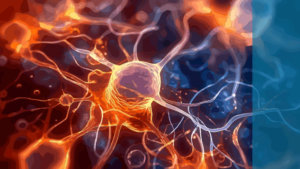
It definitely took a village
The project cost nearly $500 million in federal funding. It spanned over 10 years and across three continents. More than 250 researchers contributed to the results.
The results of what?
The dazzling details of a brain atlas—a 3-D map of the brain and its 170 billion brain cells that fall into 3,000 categories. Considered the most complex organ, this was no easy feat since each area of the brain is equal to another very complex organ. No wonder the results required 21 published papers across multiple journals.
What do the findings tell us?
That while the human brain cells are similar to other primate brains, it’s how those cell types are combined that differentiates the cognitive abilities. According to John Ngai, director of the brain initiative, the reason neurological and neuropsychiatric disorders are challenging is because they don’t know what portion of the brain isn’t optimally functioning. With more research, he believes they can determine how the brain becomes susceptible to complex disorders such as autism and schizophrenia since “the cool thing here is this (brain atlas) gives us a way in.”
Articles about this research couldn’t begin to cover the project’s depth, magnitude or future potential but perhaps this neuroscientist’s comment puts it into perspective: “This is like building a map of the universe.”
ARTICLE NPR BRAIN ATLAS REPORT
